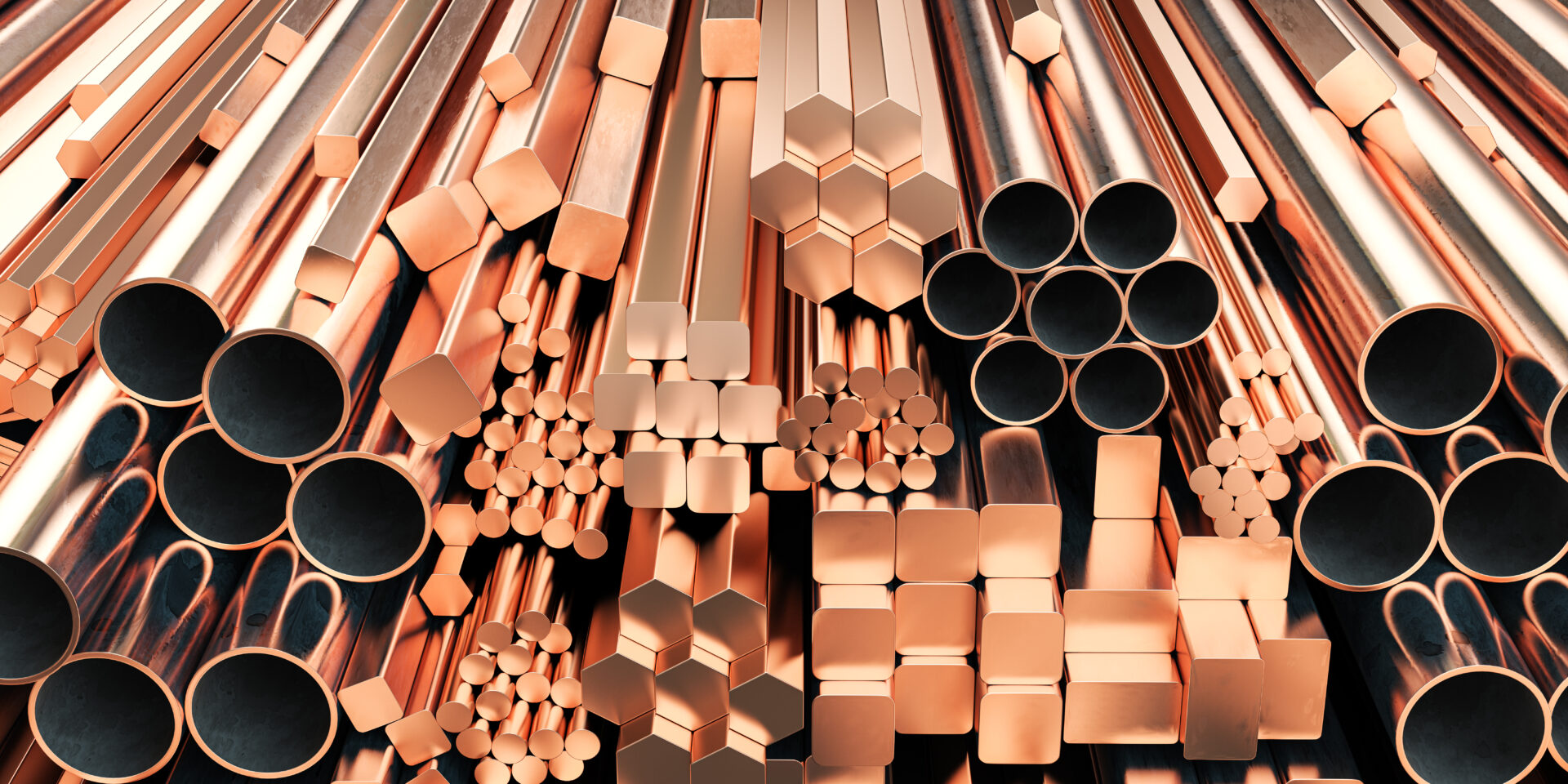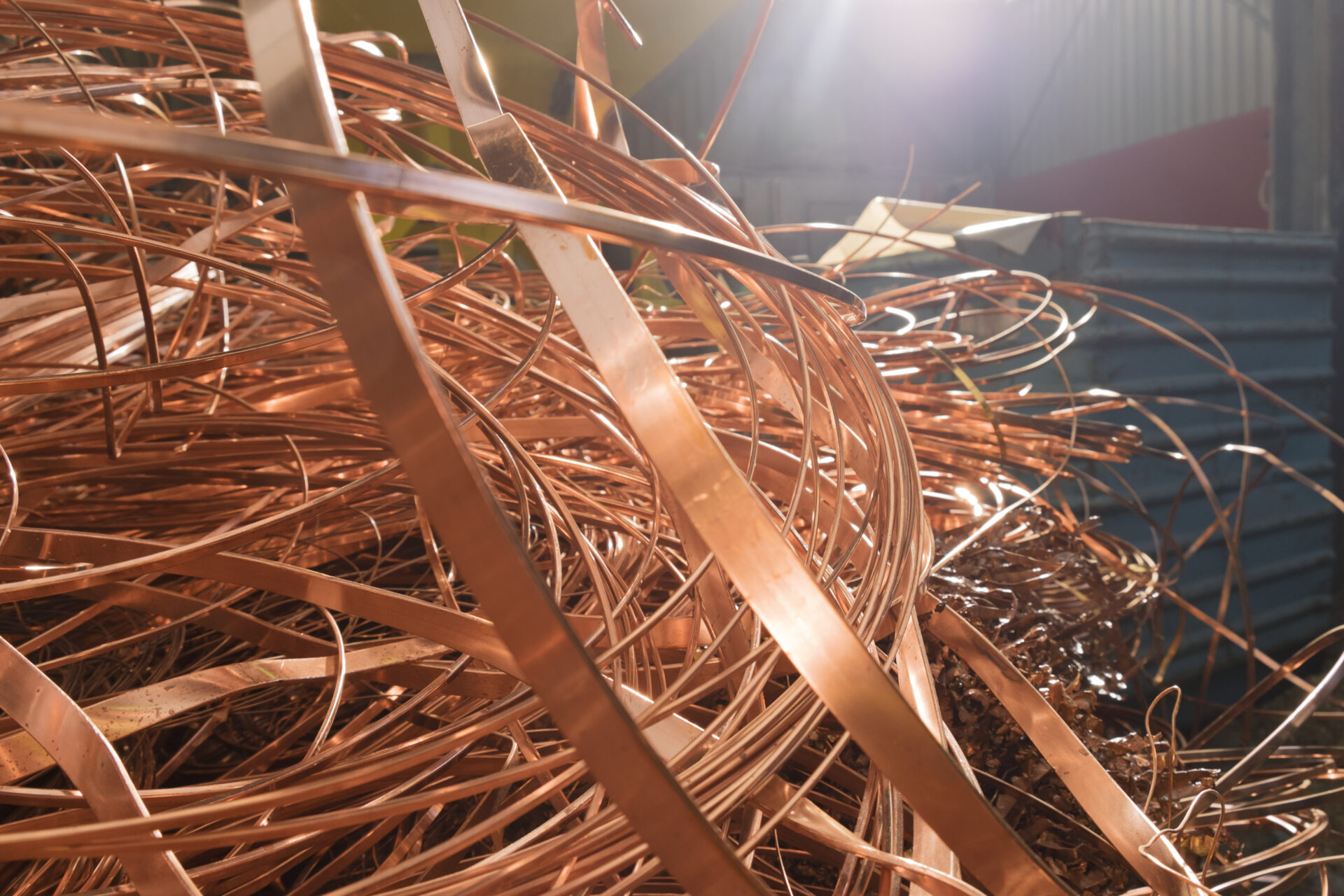
As the old cliché goes, one man’s trash is another man’s treasure. And that line applies to more than just antique sales or eBay auctions.
What a lot of people don’t know about is the value of scrap metal – something that’s too often treated as trash to be disposed of, even though its value to recyclers is high. And there’s a strong push globally to promote, encourage and expand scrap recycling opportunities.
There’s a strong environmental lesson in doing so: What many don’t know is that scrap metal contains toxins that pose dangers to the soil and groundwater when they’re dumped in community landfills. The alternative is that scrap metal can be successfully recycled and used to make new products.
Understanding the benefits of scrap recycling is important, which is why there have been efforts to educate students about this subject, including through special projects using scrap metal. In fact, some schools are getting quite creative when delivering that message, and embracing recycling education programs.
A good example is Oskaloosa, Iowa, where students took part in a scrap metal recycling project with a major educational component. The students were asked to use bits and pieces of scrap metal to create unique and abstract works of art. That artwork ended up on display at various locations throughout the community.
The students had been given a 5-gallon bucket of scrap metal, then got paired with an adult mentor and were instructed to find ways to make something functional, creative and decorative with it. While the community got some interesting and unique new artwork, the students gained quite a bit more.
How can school educate students about scrap recycling?
Various schools around the country have launched special projects related to scrap metal recycling that aim to be creative, fun – and educational. And as a learning process, the tactic appears to be working.
The students in Oskaloosa were assigned to advisors, or “superintendents,” who had collected pieces of scrap metal that they gave to the students, who were told to make something unique out of it. The students did just that.
For their advisors, this process was also about teaching them new skills in areas like welding different kinds of metals, or getting one kind of metal to adhere to another.
But it also helped them understand that scrap, rather than simply being thrown away, can be successfully recycled and turned into something else. Recycling projects for students are smart tools.
A similar welding lesson was offered recently in Knoxville, Tenn., as part of a STEM education program. Students at Green Magnet Academy were taken on a field trip to a local metal fabrication shop, where in the welding room they were given scrap metal pieces and instructed to make whatever they wanted with it.
Andrew Petty, the owner of Petty Welding, said he wanted the students to learn that metal work is an age-old craft and an important profession. And they also got to see that scrap, considered trash by some, had the potential to become someone’s new treasure.
For the past four years, students at the University of Tennessee students have taken part in an exhibit called “The Art of Recycling.” The students are sent to a Knoxville steel mill, where employees help them sort through scraps. The students leave with up to 3,500 pounds of metal, which they transform into sculptures that are put on display at the Knoxville Convention Center.
These are just a few examples of the new recycling education programs for schools.
But these projects are about more than art. There’s a message here for students about scrap metal and recycling.
What Can Students Learn About Recycling?
The strong push to increase recycling rates for scrap metal have two key components: the environment, and the economy. From an environmental perspective, it’s important to keep scrap metal from being dumped in landfills, due to the toxic chemicals within them that can pose serious hazards to the soil, water and wildlife nearby.
Recycling is a very beneficial alternative. Recycling scrap enables us to preserve more of our natural resources, since the only other option is to mine for virgin ore that can be used to make new metals. But that’s a costly proposition, and the earth’s supply of virgin ore is finite. It also requires a considerably higher amount of water and electricity than recycling does. Choosing to recycle instead offers our planet a far more sustainable option. Rather than building material from the start, this is about reusing something that already exists.
And recycling metals helps create jobs and holds down costs in the manufacturing process when recycled metals are used to make new products. Steel is durable and won’t easily break down or fall apart.
And those are some of the recycling lessons for students today, who may be familiar with the recycling of soda bottles, soup cans and newspapers, but haven’t really been introduced to the concept of not throwing away anything that contains metals.
A good example of recycling tips for students is anything made from steel – which happens to be the most recycled material we have, and one that we can continuously recycle, over and over again, without causing a serious decline in its quality.
Students can also learn that recycled steel ends up in products that are fixtures in homes, including kitchen appliances, fine furnishings, artwork and even cars.
More importantly, scrap metal is easy to find and can be used to create:
* decorative home furnishings;
* light fixtures;
* chair frames;
* mirrors;
* planter stands;
* and jewelry boxes, to name just a few.
Getting students to understand that there are a lot of items in their homes and garages that likely contain scrap metal, and that these items should be recycled when they’ve outlived their usefulness, is an important step when it comes to increasing recycling rates.
Students need to understand why recycling scrap is important, how our environment benefits from it, where people can take their scrap metal so it can be recycled, what happens to the metal at the recycling center – and, most importantly, what the definition of scrap metal is. It can help establish positive lifelong habits among the students.
Student recycling benefits all of us, which is why recycling activities for students and recycling education resources are needed in all our schools.
Conclusion
Schools today have a lot they can teach students about the environmental benefits of recycling scrap metal. And there’s also a lot to learn from a company like GLE Scrap Metal, which has been doing scrap metal recycling for years.
A family owned and operated business, GLE Scrap Metal performs environmentally-friendly processing and recycling of all base and precious metals, and they strive to efficiently utilize natural resources and help conserve energy.
Contact GLE Scrap Metal today at 855-SCRAP-88 to learn more about our services, and how we ensure that your excess materials don’t go to waste, and at the same maximize the value you get in return.



